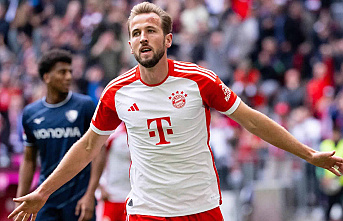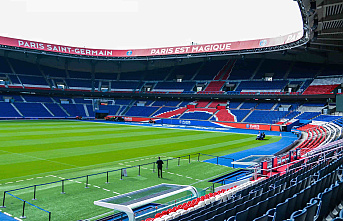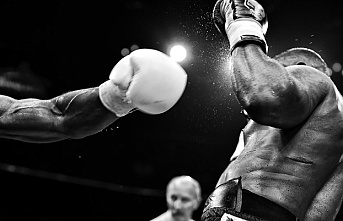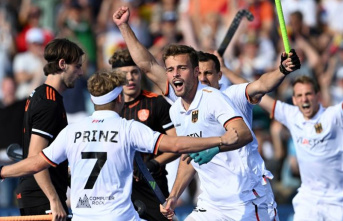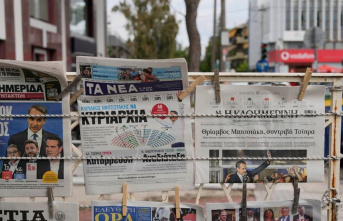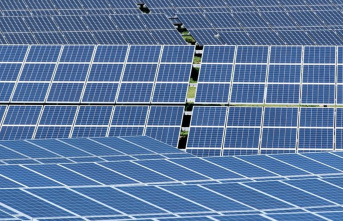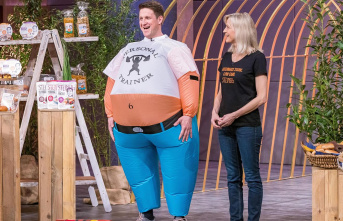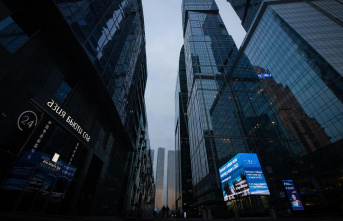Philippe Chatrier, who knows something about tennis, confirmed with a full house that the match between Rafael Nadal and Novak Djokovic in the Roland Garros quarterfinals was one of those that, if it does not mark an era, does remain forever in the retinas. They also confirmed what they have been showing each other for a decade and a half: new talents may emerge, but the Spanish and the Serbian are still light years away in intensity, in competitiveness, in ambition.
And Nadal won, although the spotlights of the night pointed to Djokovic, who suffered the weight of what it means to play against the Balearic in Paris. Thirteen titles in 110 wins. With doubts in the foot or at dawn.
Despite these doubts, Nadal had plenty of energy to reach all of Djokovic's proposals. From the bottom the Serb looked for his right, but he also tried to find a crack with drop shots. However, it was a resource that cost him more than one dislike, because he did not read the Balearic's balls well, but the Balearic read them to him almost before the ball left his racket. And there, with that foot in doubt asleep, his legs reacted to reach all of them, to arrive well, to arrive on time and to hit in the best possible way. Countershots were much more deadly than leftovers. And leg speed is said, but a more stark feeling is also hidden: ambition.
It is difficult for him to get Nadal out. One of the shots that, it is always said, has improved over the years even though it does not have the potential of other tennis players. Like, for example, Djokovic himself. Alcaraz said it after beating him in Madrid: «Maybe they don't take him as a great server, but for me he has been the player who has made it the most difficult for me to subtract. I took her off him, the directions. He did not read the service ». However, he was not so fine with that hit on the Chatrier. He conceded 17 break point opportunities, of which Nadal owned seven. The speed of the second kick from him did not rise above 154 kilometers per hour. And with these data, Nadal was comfortable with the rest, which is already devastating on this court because it almost touches the fence to have enough time to put the ball on the court and recover space.
It was a tense game. They know each other wonderfully and there is little they can hide from one game to another, even if a year passes like this. They feed on being better than their best version of yesterday. That is why Nadal tried to minimize the mistakes. There were many on both sides, more than four hours of play at a tremendous level, but the Spaniard stayed on 43, the right hand (25) more failing than the backhand that has given him so much joy on this court (11). A dozen more committed Djokovic, who missed his best shot, the backhand, up to 30 times. There were also big mistakes like a smash near the net that knocked him down on the tape. The number 1 in the world did not tremble, but the Djokovic who faces Nadal.
There was also a ten stroke difference between the two in terms of winners. He gets Nadal's backhand to start winning the point (10), but finishes it off with his forehand, with which he achieved 27. There were 24 great drives from Djokovic, but in total, he stayed at 48.
It was one of the most notable differences. For Nadal, it serves to further open the enormous central court of Roland Garros. And he accompanied it very well with a following forehand to the open court on the other side. It is also lethal in Djokovic, but it was not as consistent or lethal as in other matches. By the time he realized that he wasn't doing any damage with that shot, he was already 2-6 and 0-3.
For years now, Nadla has been minimizing time on the track. He is no longer the one who could last five hours on the track because each exchange became endless for the rival. He goes direct, saving energy and body. Hence, he has also learned to play on clay as if it were a fast court. Adaptable as a chameleon, the Balearic took advantage of the cold conditions of the Parisian spring night (15 degrees) to have hard court weapons rather than effects that dance with the heat. He felt the ball wonderfully in his flat game, and prevented the Serbian, who did not respond with the same forcefulness, from wrapping it up with his topspin.
There is a statue that welcomes the Roland Garros fan. A silver statue that impresses in metal just as it does on the track. The spell of Philippe Chatrier is something that no one can explain in words. It is a beautiful idyll because nobody adapts or understands this track like Nadal. And the public, he himself repeats that what he feels here he doesn't feel anywhere, turns to him from the first year. There are thirteen titles and hundreds of battles. It is a devotion that pushed the Balearic and dwarfed the Serbian, who plays a lot with emotions, for and against. "I think the crowd contributed a lot during Nadal's comeback in the fourth set. They were 99.9% on his side and pushed him in the crucial moments. They helped him find that energy, "said the number 1 in the world, but not in Paris. Because that's Nadal.


